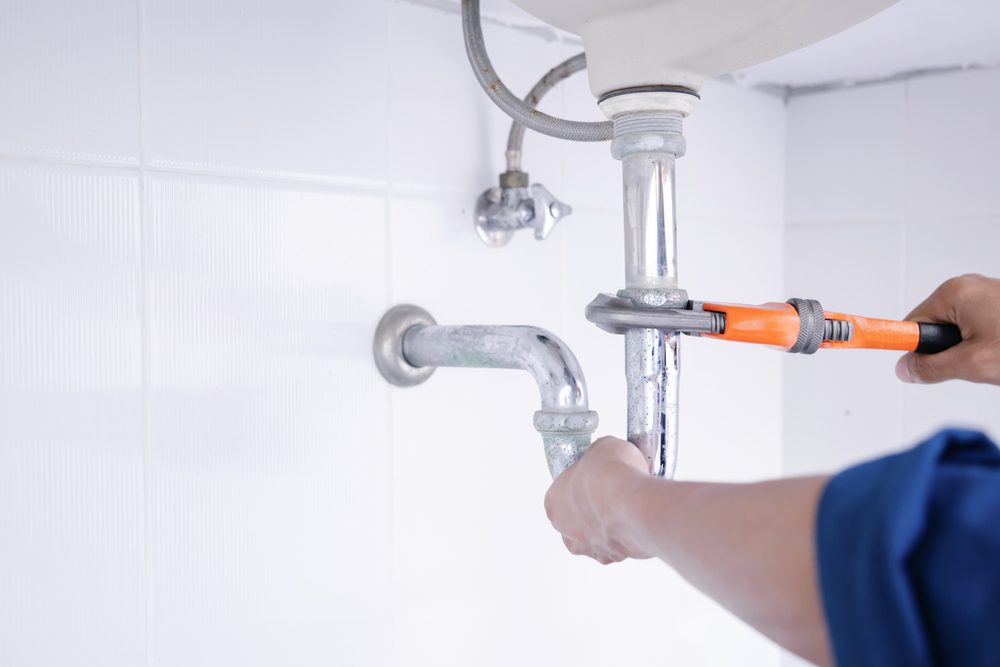Immediate Response with Emergency Leak Detection for Urgent Plumbing Issues
Immediate Response with Emergency Leak Detection for Urgent Plumbing Issues
Blog Article
The Duty of Advanced Innovation in Modern Leakage Discovery Solutions for Reliable Solutions
In the realm of modern-day leak detection solutions, progressed technology has actually introduced a new age of performance and accuracy. The combination of IoT, clever sensing units, and advanced methods like acoustic discovery and thermal imaging has changed just how leaks are identified and taken care of. These developments not just boost the precision of discovering leakages in detailed systems however additionally enable real-time monitoring, decreasing functional expenses and protecting against ecological risks. As we check out the ramifications and future patterns of these innovations, one have to think about exactly how these modern technologies are improving approaches for lasting resource management and proactive maintenance.
Development of Leak Detection Innovation
The advancement of leak discovery modern technology is a testimony to innovation and the relentless pursuit of precision. Historically, the discovery of leakages, whether in pipelines or commercial systems, counted greatly on simple and usually ineffective methods.
Over the decades, developments in innovation have transformed leak detection into an innovative area. These sensing units make use of a selection of strategies, such as acoustic, infrared, and ultrasonic approaches, to recognize leakages with remarkable accuracy.

Secret Technologies in Leak Detection
In the last few years, key innovations in leak discovery have actually transformed the market, bringing unprecedented accuracy and efficiency to the leading edge. Among these innovations, the assimilation of IoT and wise sensors is notable, enabling real-time surveillance and data transmission. These devices can spotting minute modifications in stress and circulation, allowing for fast recognition of leakages prior to they escalate into considerable concerns.
Another critical advancement is making use of acoustic leakage discovery modern technology - pipe leak detection. By employing highly sensitive microphones and advanced algorithms, this technique can discover leakages based upon audio patterns. This strategy is particularly efficient in determining leakages in intricate piping systems where aesthetic assessment is impractical
Thermal imaging modern technology has actually also made considerable strides, supplying a non-invasive method to identify leaks by recording temperature variants. This technology is especially beneficial in finding leakages in shielded or underground pipes, supplying a clear visual representation of the issue.
Benefits of Modern Strategies
Modern leak detection methods offer various advantages, considerably improving functional efficiency and cost-effectiveness for companies. Among the key advantages is the capacity to promptly and properly recognize leakages, lessening downtime and stopping comprehensive damage. By employing cutting-edge technologies such as acoustic sensors, infrared thermography, and progressed data analytics, services can detect leaks with precision, even in complicated or hard to reach systems.
These contemporary methods also reduce labor expenses and resource allowance. Traditional leak detection usually needed comprehensive excavation and handbook examinations, which were expensive and taxing.
By enhancing the discovery procedure, firms can allot resources more effectively, focusing on repairs and system renovations instead than exhaustive search initiatives. On the whole, contemporary leak discovery strategies provide a tactical i thought about this benefit, empowering organizations to optimize their functional structures and attain long-lasting sustainability.
Environmental Impact Reduction

The assimilation of these modern technologies right into leakage discovery solutions not just lines up with regulative compliance however also supports corporate responsibility initiatives aimed at decreasing environmental footprints. Hence, progressed leakage detection innovation is important in promoting a more sustainable and resilient future.
Future Trends in Leakage Detection
The future of leak discovery modern technology guarantees transformative developments that will redefine industry criteria. As the need for reliable and lasting framework grows, the integration of cutting-edge modern technologies like expert system (AI) and the Internet of Points (IoT) is readied to revolutionize the area. These innovations will make it possible for real-time tracking and predictive upkeep, decreasing the possibility of leakages and lessening environmental influence.

Additionally, using drones furnished with thermal imaging and progressed optics supplies a non-invasive approach for inspecting hard-to-reach areas. This technology not only enhances the precision of leak detection how many hours do plumbers work however likewise makes sure the safety and security of employees by lowering the demand for hand-operated inspections in hazardous environments.
Furthermore, developments in data analytics and cloud computing will facilitate the integration of leakage discovery systems right into wider possession administration platforms, providing comprehensive oversight. These future trends emphasize a change in the direction of more intelligent, automated, and lasting leakage discovery options.
Final Thought
The drain snake combination of advanced innovation in leakage discovery solutions represents a significant improvement in performance and accuracy. As innovation continues to progress, future fads will likely focus on additional improving these capacities, ensuring more proactive and detailed leakage discovery strategies.
In the realm of modern leak detection services, advanced technology has ushered in a new era of efficiency and precision.Leveraging advanced technology in leak detection not only enhances operational efficiency however also plays an important role in environmental impact mitigation. Early and precise discovery of leakages, promoted by ingenious technologies such as acoustic sensing units, infrared imaging, and real-time tracking systems, substantially minimizes the volume of hazardous compounds launched right into the atmosphere. The integration of these technologies into leakage discovery services not only straightens with regulative compliance but additionally supports corporate duty campaigns aimed at reducing ecological impacts.The integration of advanced modern technology in leak discovery solutions represents a substantial improvement in efficiency and precision.
Report this page